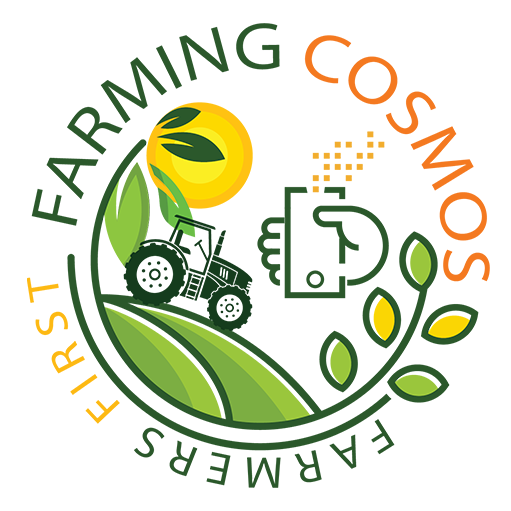Usage of real-time data is improving all aspects of farm operations from cropping to livestock management
Like several other fields, agriculture is also witnessing the increasing use of computer-based systems like the Internet of Things (IoT) to make informed decisions based on real-time data for higher yields and efficiency in farm operations.
The IoT refers to devices or things that have a sensor to measure and transmit data via a network. The rapidly growing network of connected objects collects and exchanges data in real time using embedded sensors.
Uses of IoT in agriculture
Precision agriculture
Precision agriculture uses digital technologies to help farmers to make better decisions about where, when, and how much to fertilize, irrigate, and spray pesticides. By using sensors to collect data on weather, soil moisture, crop health, and real-time locational asset tracking (RTLAT), farmers can make more informed decisions about how to care for their crops.
Crop monitoring
Crop monitoring involves the use of sensors, drones, and satellites to monitor crop health and identify locations requiring attention. Crop monitoring systems also include all data such as crop health, humidity, rainfall, temperature, and more. Sensors help farmers determine the best time to sow crops and harvest them and can also detect problems early.
Livestock monitoring
Livestock monitoring uses sensors and RFID tags to track the location and health of livestock. This information aids ranchers in determining the condition of their livestock. For example, finding sick animals so that they can be isolated from the herd to avoid spreading disease to the rest of the cattle. The ability for ranchers to use IoT-based sensors to locate their livestock minimizes labour costs by a significant extent.
Irrigation management
Irrigation management uses sensors to detect when and how much water is needed by individual plants. This saves water and reduces weeds and runoff.
Smart pest control
Sensors detect the presence of pests and then dispense pesticides as required to protect crops. This helps reduce pesticide usage and can be used with smart irrigation management for targeted spraying only where it is needed.
Fertilizer management
When fertilizer gets too low, sensors notify farmers so they can use a crop-yield map to determine which areas need more fertilizer. They can also track how much fertilizer has been used by each plot or farm throughout the season. This reduces costs and keeps runoff to a minimum, reducing environmental damage.
Weather forecasting
Farmers employ satellite weather forecasts to decide when it is appropriate to plant or harvest during the season. Weather stations with smart sensors can collect data and send valuable information to a farmer. Furthermore, complex software analyses the data, providing ready-made analysis that helps farmers gain an accurate forecast helping avoid crop failure.
To read in Punjabi and Hindi, click below.
